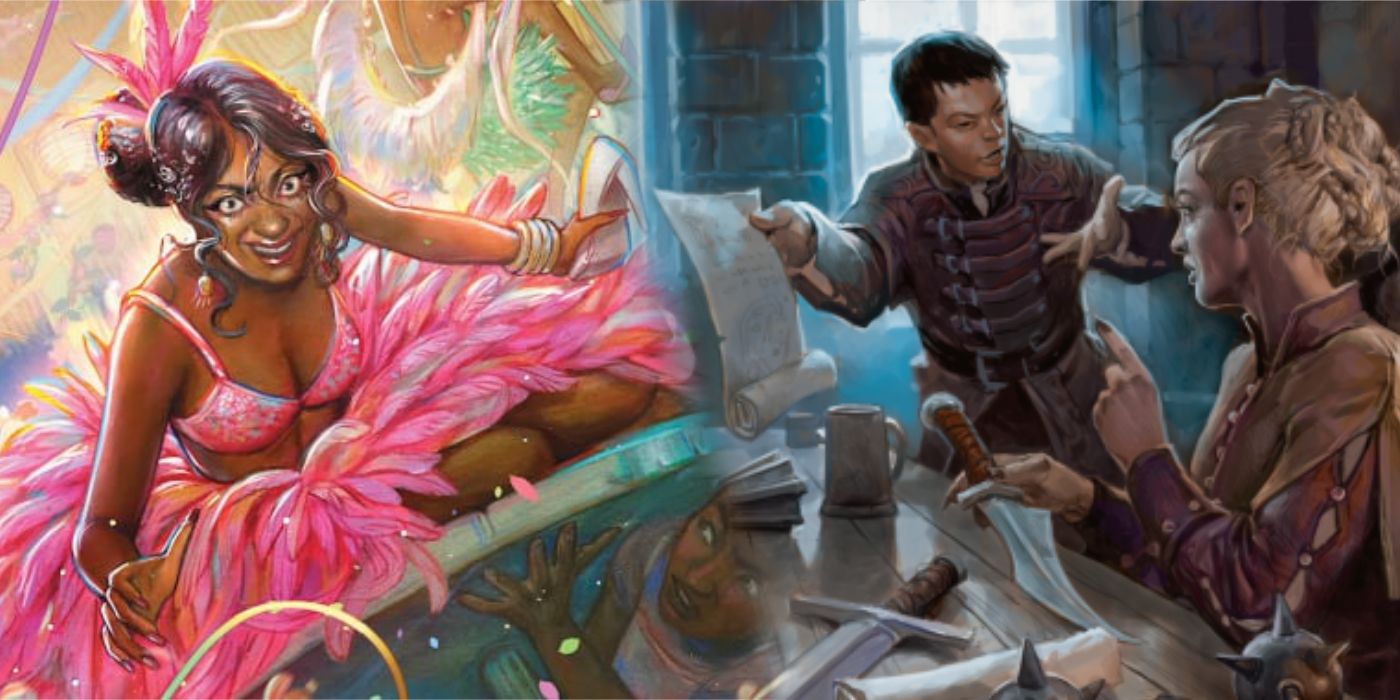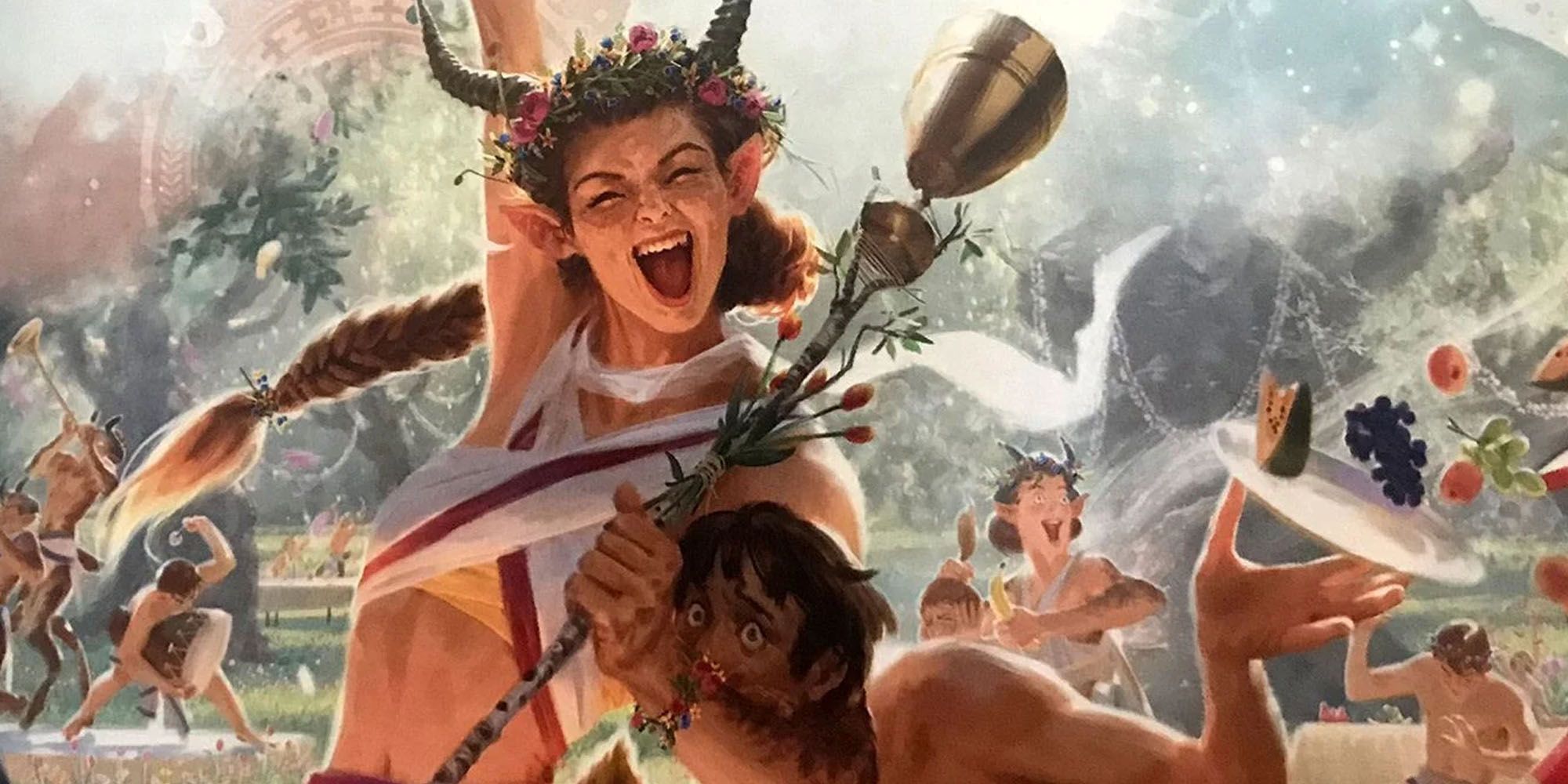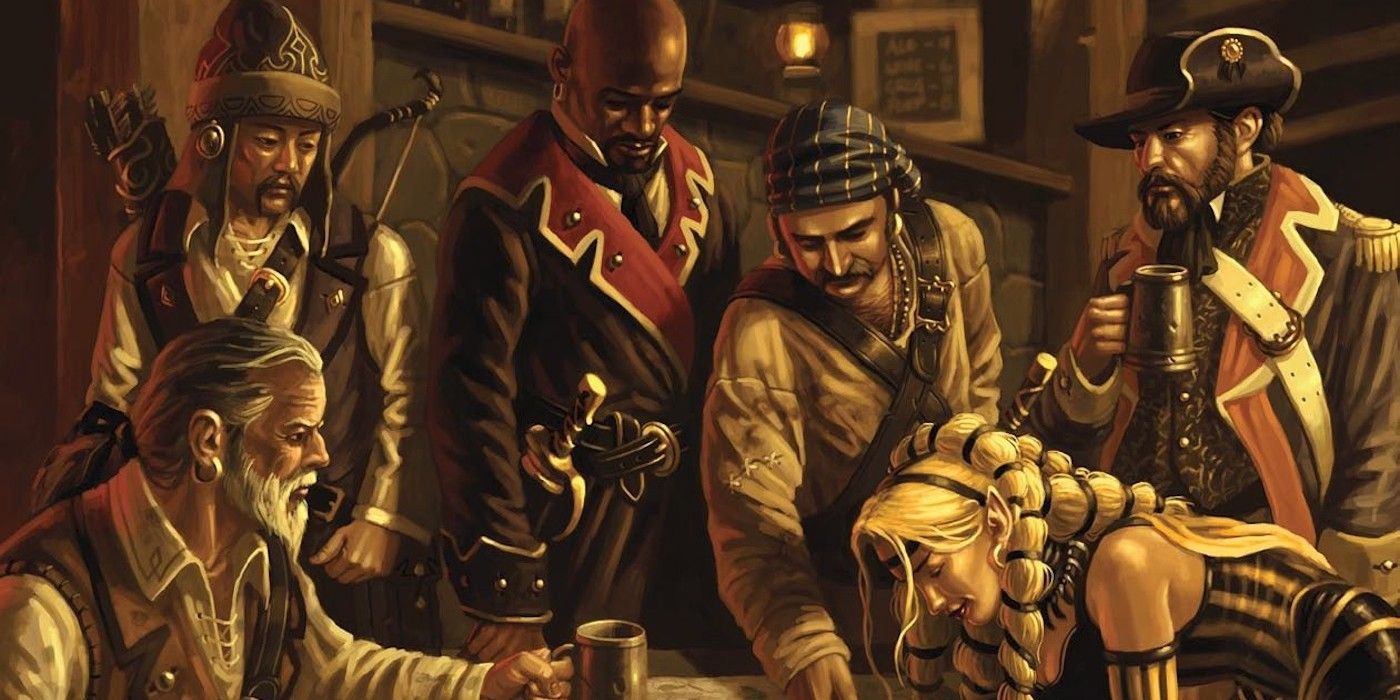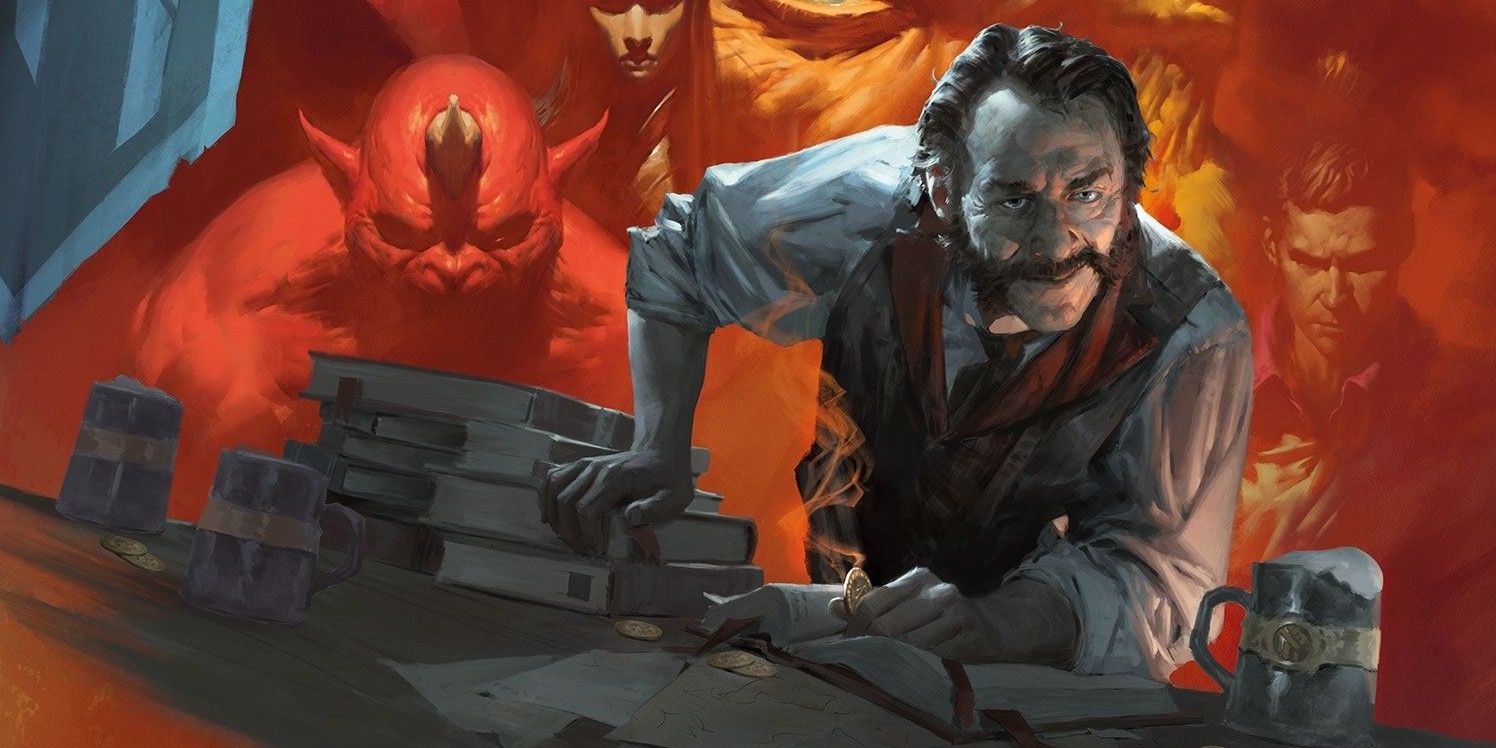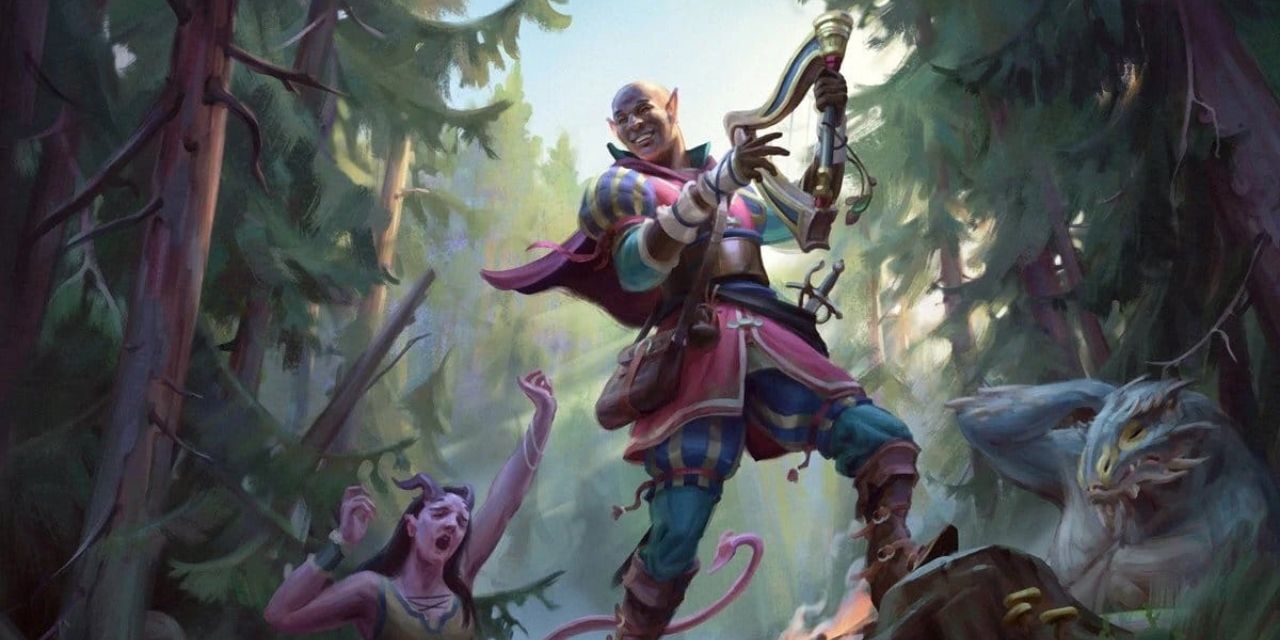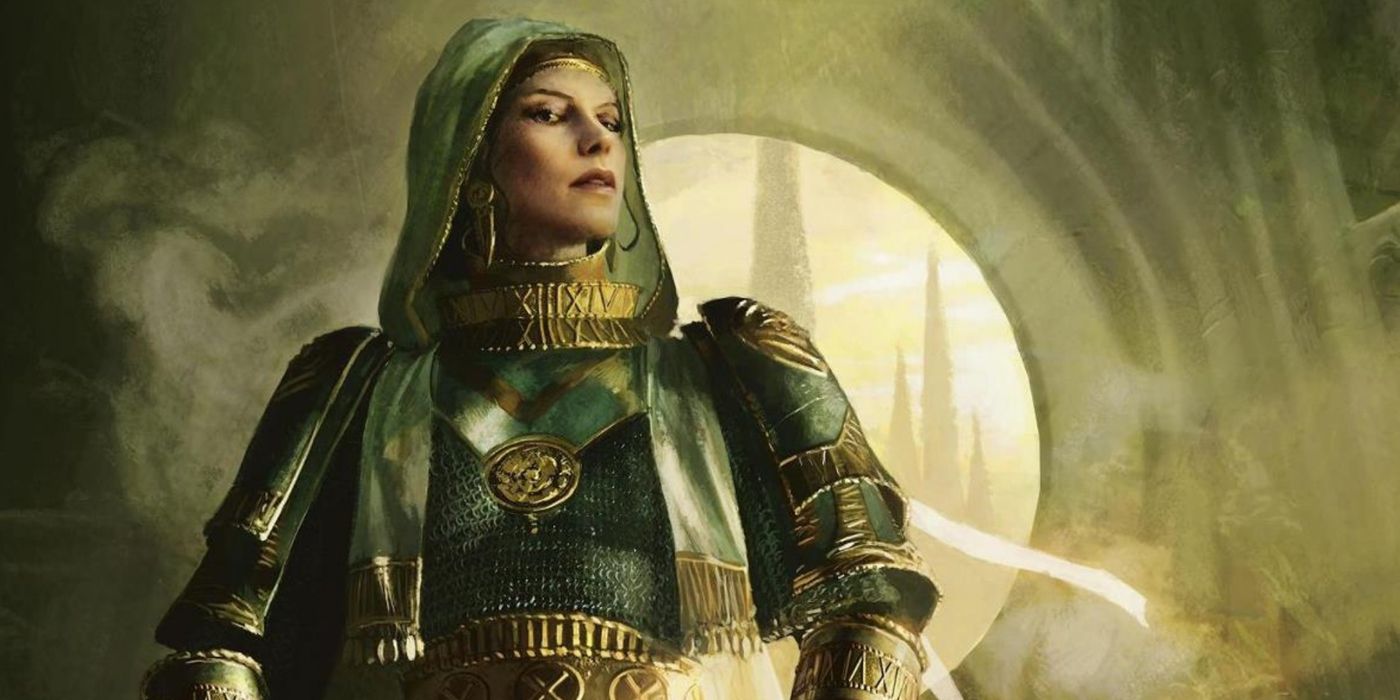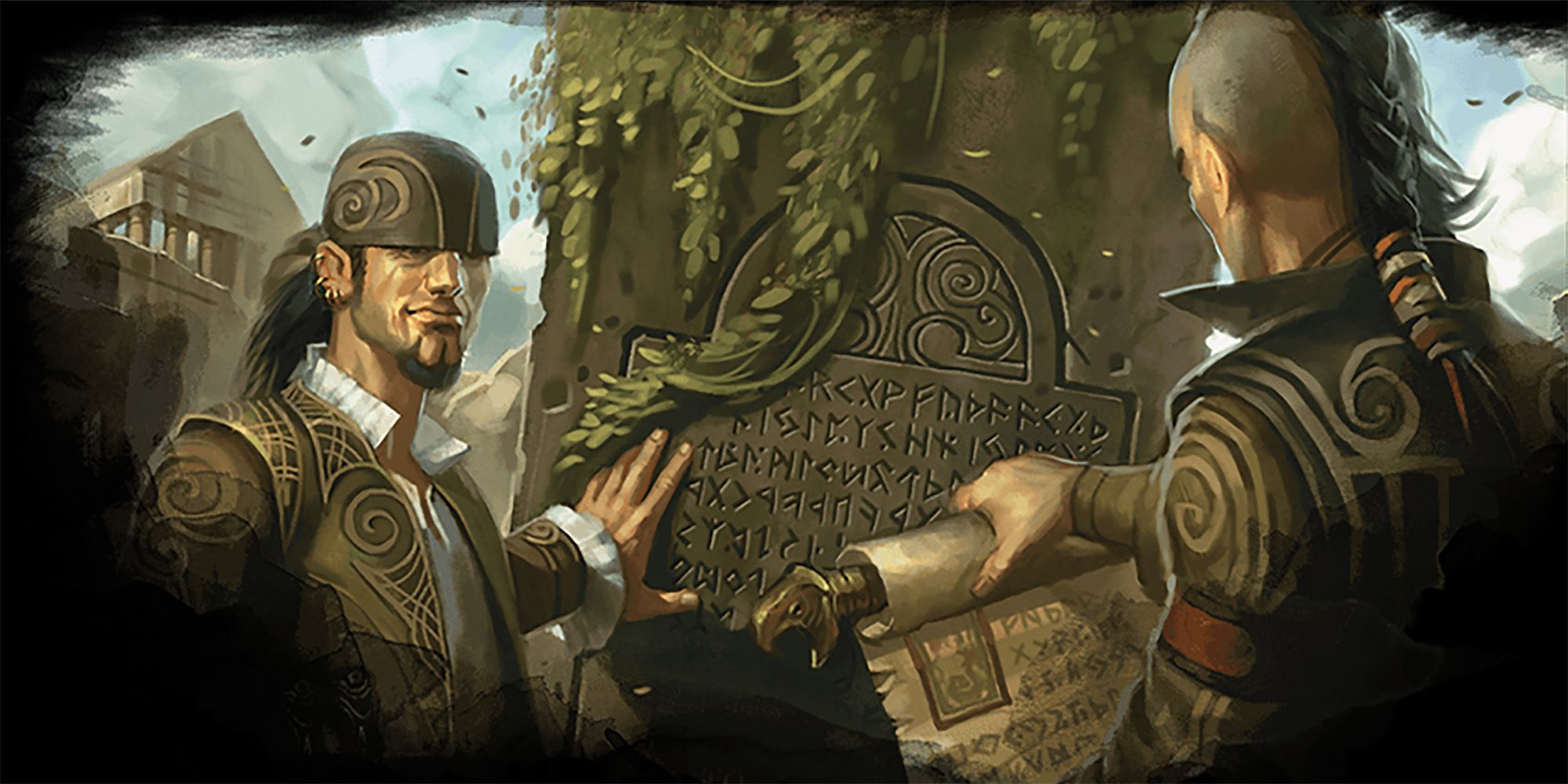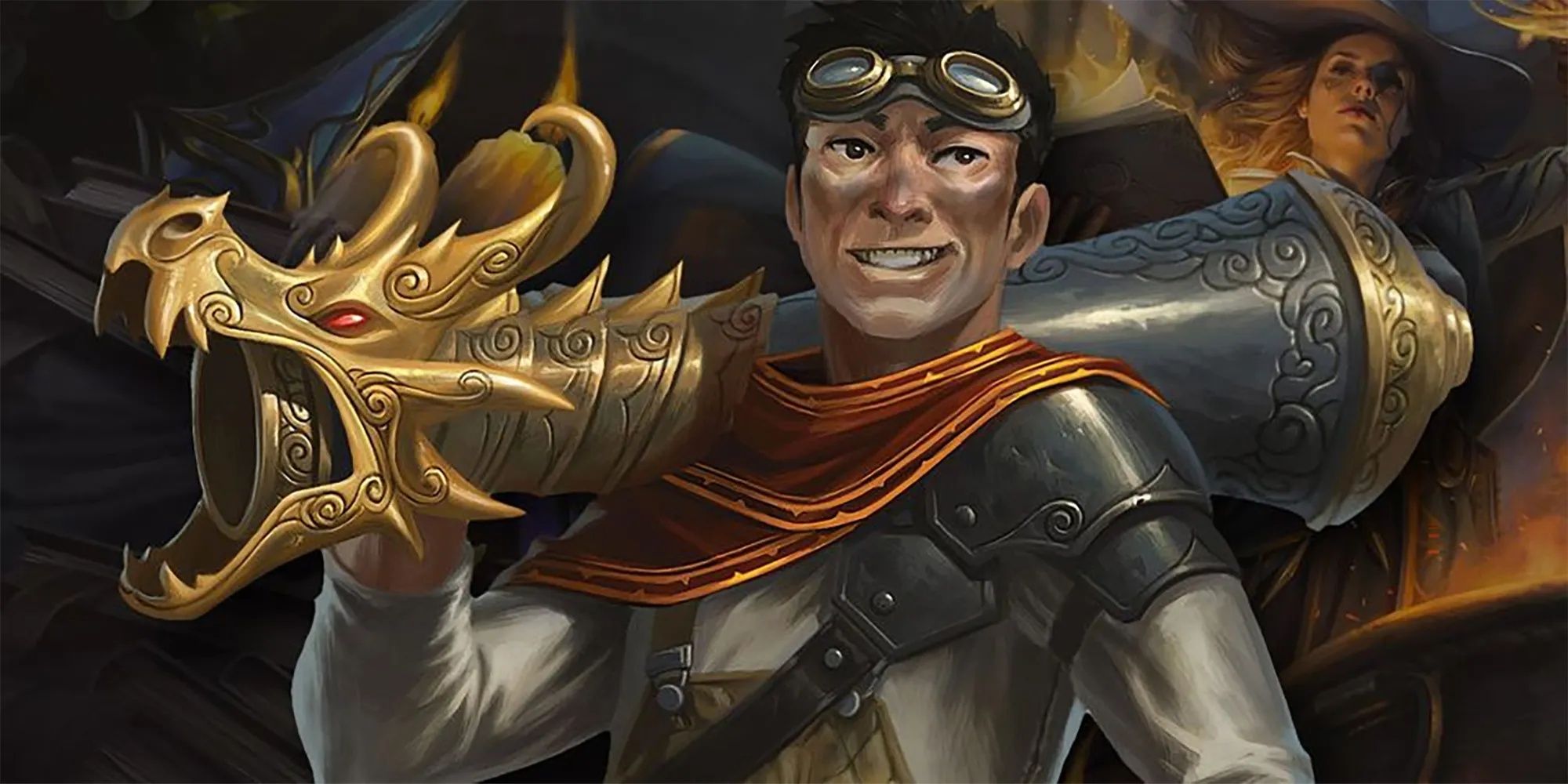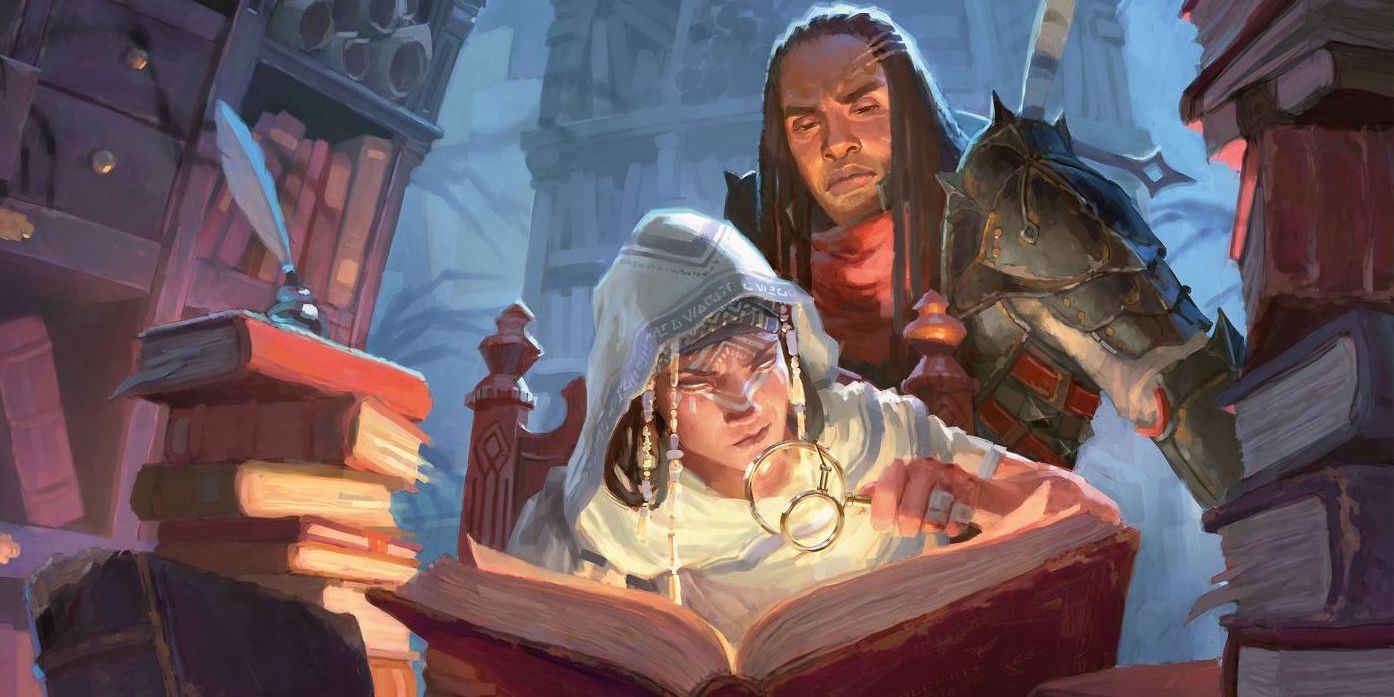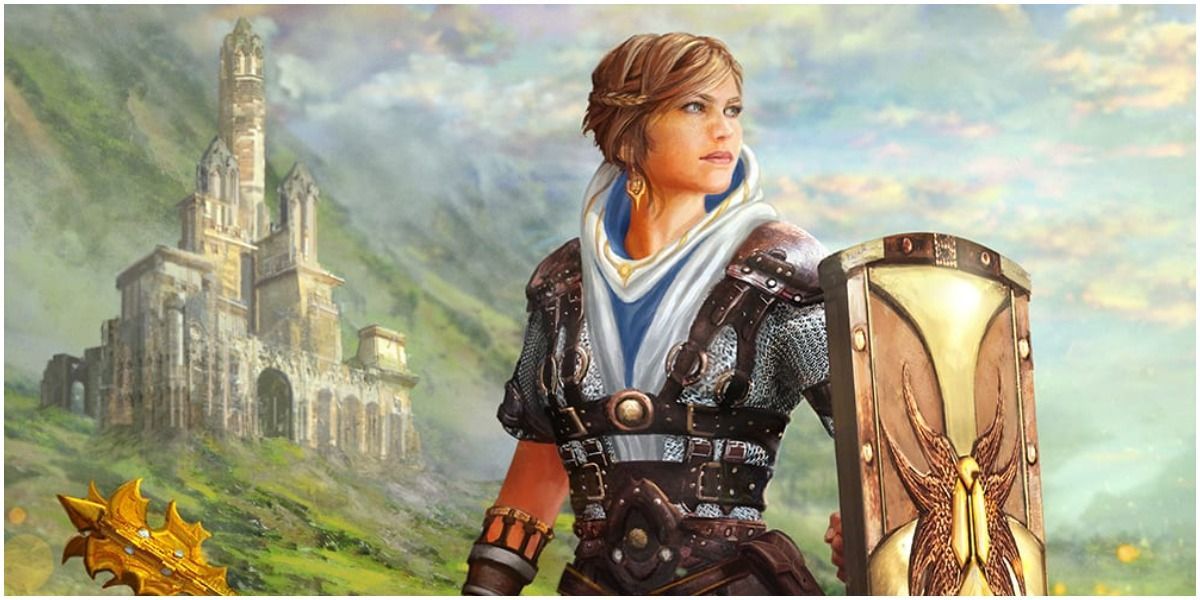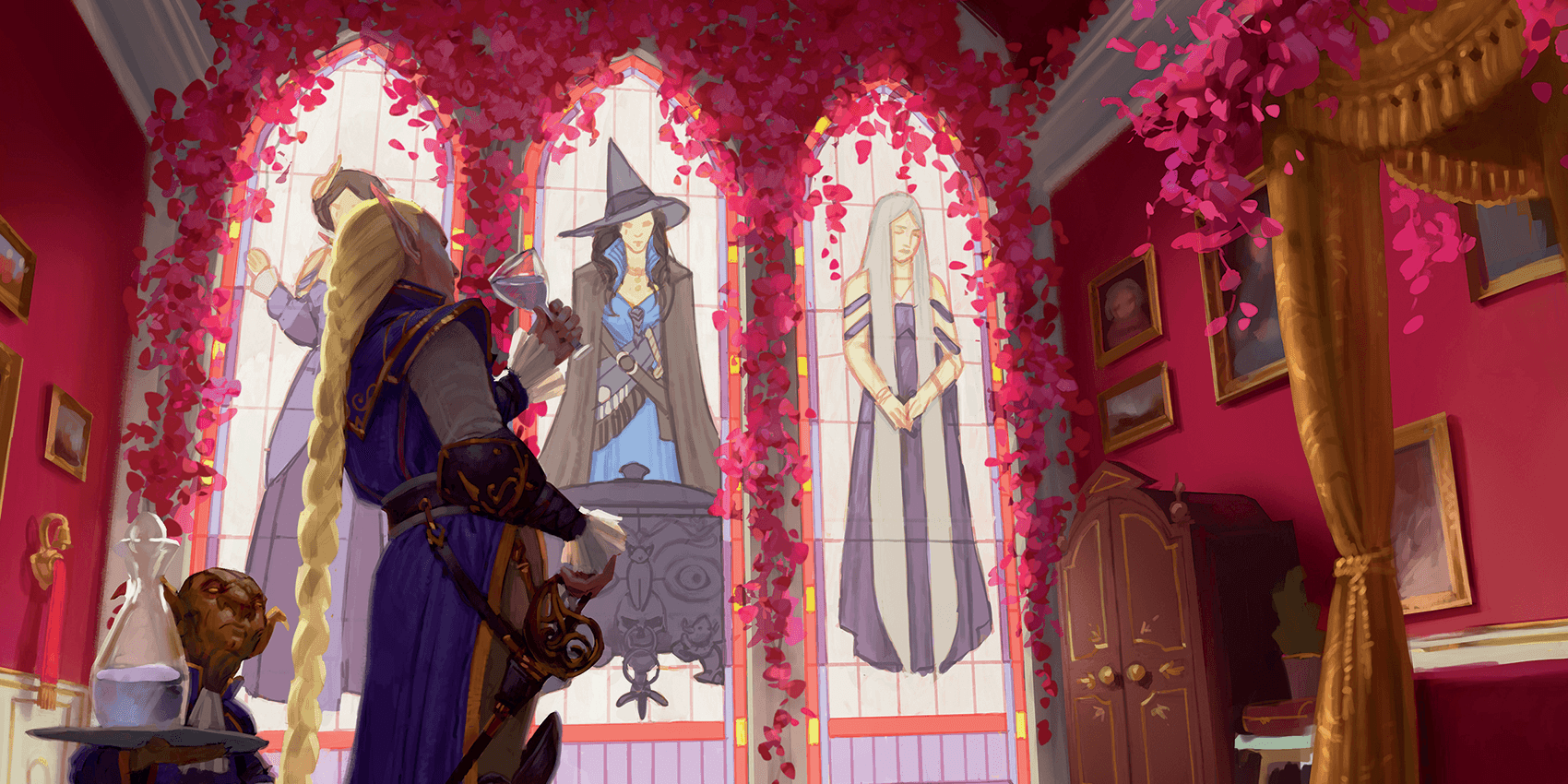Creating a unique backstory can be one of the most entertaining and exciting parts of making a new D&D character. Some players find it easy to write pages and pages of history for their characters, while others struggle to come up with something new each and every time. This can lead them to fall back on tired tropes and wind up with a character that just feels stale.
That gets boring for everyone involved quickly. In more plot-heavy games, there's only so much that can be done with the same cookie-cutter character that has been played all the way through the Nine Hells and back again. Learning to craft a decent character backstory can help elevate a D&D character from just another human fighter to a truly memorable party favorite.
10 Flesh Out Their Family Lives
Everyone had to come from somewhere, and that includes D&D characters. Killing off a character's parents is one of the oldest tropes in the book, but it produces characters that are isolated from the world around them. Consider giving a character a good family life with plenty of parents, aunts, uncles, siblings, or even children. This makes them really feel a part of a larger living world.
Players who want to go a step further can flesh out some of these relationships even further. Perhaps the character is on great terms with their siblings but hasn't spoken to their parents in a decade. Maybe their great-grandmother was a hero in their own right and they got their +1 longsword as an heirloom. Small connections like this will help the player feel more attached to the world, as well as give the Dungeon Master more NPCs to fill their world with. That being said, it's important to set boundaries about which characters are fair game for being turned into plot elements and which should be allowed to live out a safe and happy life.
9 Give Them More Friends Outside Of The Party
Not everyone is an introverted hermit, and there's no reason a D&D character has to spend every waking moment with their adventuring companions. These could be established townsfolk in the party's home base or another party of adventurers that the character doesn't get to see all that often.
Like with adding a family, giving a D&D character friendships or relationships outside of the party helps them feel like a more rounded person. They might have obligations to attend to in between their adventuring duties, or their friends might be able to help them out during the course of an adventure.
8 Give Them A Seemingly Contradictory Background
D&D 5e's background system encourages players to think about what their character did before becoming an adventurer. It gives them a small pool of fun and useful abilities, and One D&D promises to expand this feature even further. While it can be easy to fall back on common pairings like a sage wizard, a soldier fighter, or an urchin rogue, an unusual background/class combo can be a great start to an interesting character.
A wizard with the acolyte background immediately invites further questions. Several characters could even share a background, suggesting a similar but divergent history. If a fighter and a cleric were both soldiers once, what caused them to end up on different paths? Picking an unusual background also makes a character more mechanically interesting, because it gives them a handful of skills, features, and gear they might not otherwise have.
7 Think About When They Became Their Class
A D&D character's class is their single most defining feature, other than arguably their race. It determines almost everything they can do from the moment the game begins, so it's easy to forget that there was a time before. There's a difference between a common warrior and a PC fighter, so at some point in a character's life, they had to cross that line.
Defining the moment a PC went from commoner to hero is a great way to zoom in on what makes them tick. A wizard's first major spell, a fighter's first major victory, or the night a warlock met their patron would all make for good stories that characters can swap around the campfire. This can also be a good way to think about what makes this member of a given class different from all the others that have come before.
6 Decide On Their Religious Beliefs
Determining a god to follow is essential for D&D clerics, and sometimes paladins, but any D&D character can dedicate themself to serving one or more deities. Several non-cleric classes, like the Favored Soul sorcerer and the Zealot barbarian, have specific diving themes. Even a completely non-magical character like a fighter or rogue could be a member of a church or simply worship any given god.
Detailing what a character's faith practices look like can be a great opportunity not only for character development but for worldbuilding as well. Player and DM might work together to establish the common religions of the campaign setting, thereby giving the player and their character some knowledge that will be helpful later. This is also another great way to build connections for the character and help them feel more at home in the world.
5 Figure Out What Motivates Them
The archetypical D&D character is motivated purely by monetary gain or a nebulous desire to do the right thing, but a more specific motivation can go a long way toward making them feel real. Everything from a religious quest to a personal vendetta to a thirst for knowledge can help give a character a specific angle from which to interact with their D&D campaign.
Coming up with a motivation should be done with the Dungeon Master, as they will want to incorporate that motivation into how they write the campaign. It's also important to remember that motivation can evolve, and a player should never feel afraid to change how they play their character as they grow.
4 Reinforce The Background With Mechanical Choices
A lot of D&D players start with their character's race and class, then start writing the backstory from there. This is usually a good idea, because it lets them choose how they want the character to play first and foremost. However, it can be fun to also let some of the background writing influence what options a player picks.
Skills are the obvious place to mechanically illustrate a character's background. Picking an unusual skill or two can help set the character apart from other members of their class. Even ability score choices can be used to highlight a character's history. A fighter with an unusually high Wisdom or Charisma will feel very different from one that uses those as dump stats. Tying mechanical choices to background info means that the character's history will really be evident at the table as the dice begin to roll.
3 Start Thinking In Character
Once a player has some ideas about where their character came from and who they want their character to be, it can be useful to start really thinking about things from their character's point of view. If the DM has offered any insight into what the campaign will be about, start thinking about these factors from the character's perspective. Decide what their opinions are coming into the campaign, and how these might change with time.
Having a strong backstory only works if the player can successfully embody and communicate it during the game. Find ways to bring up elements of a character's backstory while roleplaying as the character. Identifying opportunities to organically share background information will help ensure none of the player's hard work goes to waste.
2 It's Ok To Leave Some Blanks
Some D&D players feel the need to write pages and pages of backstory for their character before the game begins. While this can be fun and rewarding, it can also mean closing off opportunities for discovery during gameplay. A backstory with some gaps and open spaces leaves room for collaborative discovery in the midst of a campaign. While this requires flexibility from the DM and other players, it can be a great way to keep things spontaneous.
Plenty of great characters in fiction have light or non-existent backstories, and yet they still work. As long as a character has one or two major features defined, they can easily walk into the game and start playing. More details can be decided on when they become important, if ever at all.
1 Work With The Rest Of The Table
The most important piece of making a good backstory is sharing it with the rest of the players. If a single player writes a dozen-page backstory that doesn't allow any other character involvement, their character will feel isolated from the rest of the party. Working together with the DM to weave everyone's backstory together is essential to making sure they all work as a party, not just as individual D&D characters.
Working together on backstories also strengthens everyone's backstories. Players can begin to weave common threads between their characters' lives long before the characters even meet one another. A good party backstory can set the backdrop for an entire campaign, giving the Dungeon Master a ton of material to work with as they expand on every character's arc.

